What does it mean for there to be holes in your horse's training? It means that somewhere along the line his training was incomplete, like he missed a day of school and never got caught up. Except it isn't his job to make sure his education is seamless, it's ours.
A few holes in your horse's training are to be expected, but left unchecked you can find yourself “suddenly” faced with a chaotic mess of problems and not sure where they came from or how to sort them out.
Today's visual lesson we get to explore the symptoms that can show up when you've allowed a number of holes in your horse's training to stack up and are now attempting to teach the piaffe. You might recognize some of these same symptoms when you've asked your horse to begin a new exercise or routine, they aren't specific to the piaffe. The piaffe in this instance simply acts to antagonize the horse and reveal these training holes.
Signs there are holes in this horse's training
- First reaction to being touched with the whip is to kick out;
- Walking through or past the handler and needing to be stopped with force;
- Incorrect bend, or bending in the opposite direction, not being straight;
- Changing bend in order to push against the handler or evade him;
- Inconsistent carriage throughout the work and not responding to the handler's hand aids;
- Pushing the shoulder into the handler as an evasion;
- Threatening to turn the haunches towards the handler as an evasion or from being irritated by the whip;
- Repeatedly kicking out when touched with the whip on the hindquarters;
- No rhythm;
- Not calm;
- Surprise at the hand aids – seen when the horse rapidly jerks his head upwards from the handler;
- Not forward, or lacking the desire to move forwards when asked from either the hand or the whip;
- Preferring to give up than to try;
- Attempts to pull from the handler's hand downwards when stopped to be rewarded – sign of nervous energy;
These are what we see clearly from the video, but you could just as easily see a horse offer them when first being introduced to anything that creates stress. Even asking a horse to trailer load who has not been properly trained and prepared will often elicit similar responses.
The cause of these training holes
Kicking at the whip : likely this horse hasn't been taught that touch of any kind to the hind legs is safe and not to be feared. A horse may be fine being touched with the weight of your hand, but taught to accept the lighter touch of a whip or the tassle on the end of your whip. When your horse is body sensitive about touch (heavy, medium or light) it serves as a distraction and can bring up unnecessary nervousness.
Touch your horse all over, get them used to this or you'll see responses like they're being tickled. Particularly touch them around the haunches, tail, hind legs, flanks, sheath/utters, and belly. Those are all very sensitive areas, and your horse needs to know your touch is nothing to be afraid of all over his body.
Walking through or past the handler : this really couples together with several of the symptoms seen in the video, including him not wanting to walk forwards. Unfortunately the common practice of teaching horses to lead by using a butt rope when they're foals, or by pulling them around with the lead, trains your horse to ignore light pressure from the hand. He learns you're going to push or pull him about from the time he's a foal and then he's expected to respond to light hand aids as an adult.
Teach your horse to give to light pressure. The best explanation I've seen of this is probably this video of Warwick Schiller, and apply it to asking your horse to move his feet forwards as well when you apply the pressure to his poll.
Also worth mentioning, in this visual lesson the handler is completely unconscious about what he's asking with the hand for the most part. It's connected to the horse, but that's the extent of his awareness. Be conscious about how you use your hands with the horse – be light and know that if you pull you're teaching your horse to pull.
Changing bend or not going straight; no rhythm; not calm; not forward : all of these symptoms go back to the basics, the Training Pyramid.
This handler is asking the horse to begin collection, but the underlying problem is that he's skipped over every single other step in the training pyramid.
The horse isn't straight, so he can't develop true collection (lacks balance and alignment).
The horse has no impulsion so he can't develop straightness or collection.
The horse has no connection – he's surprised by, nervous and resistant of the aids! – so he can't develop impulsion, straightness or collection.
The horse isn't relaxed or calm, and he certainly isn't supple – tail swishing, tension throughout the body, kicking out, balking, evading – he can't become connected, develop impulsion, straightness or collection.
And lastly, the horse lacks rhythm which should've been covered in the very beginning of his riding education.
Back to basics, fixing the holes in your horse's training
Our visual lesson horse is being asked way too much for his level of understanding and development. The handler is also not educated enough to be asking for this level of work from the horse when he also lacks rhythm, relaxation, connection, impulsion and straightness himself.
To start unravelling this mess you need to find the most basic hole in your horse's training to fill in. For this horse it's giving to a light pressure. You might have thought it was getting him accustomed to being touched all over. But if he becomes nervous when touched you need to have him responsive to your hand that he can be redirected and even made calm again before proceeding.
From there you can begin moving forwards and filling in the rest of the gaps, getting on track with the training pyramid and making certain you don't pass the essentials in an effort to get to “collection” faster.
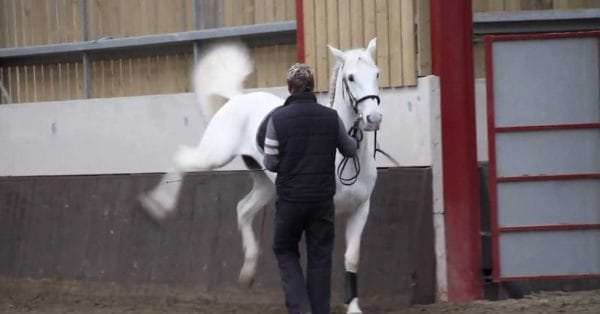
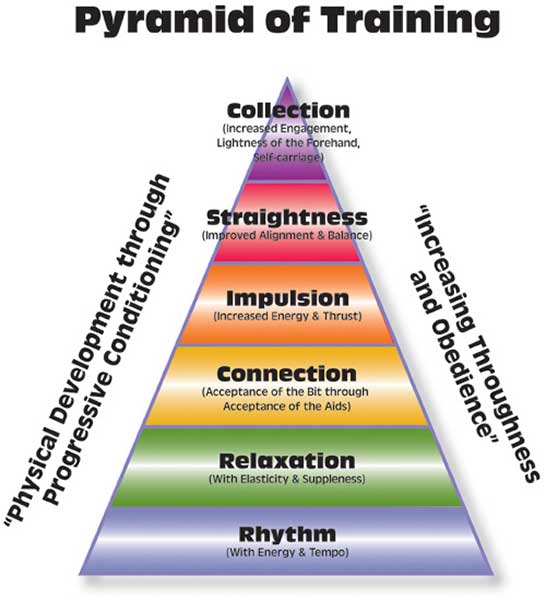

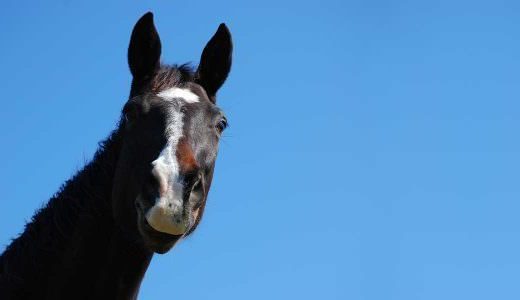
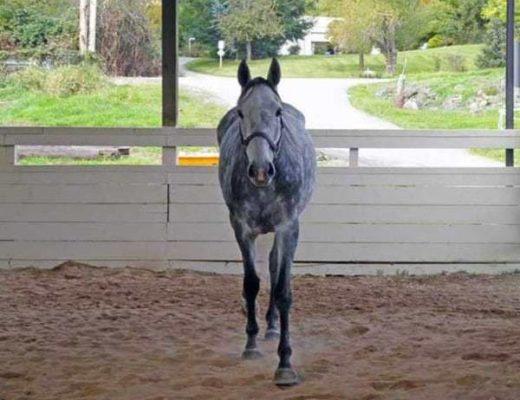
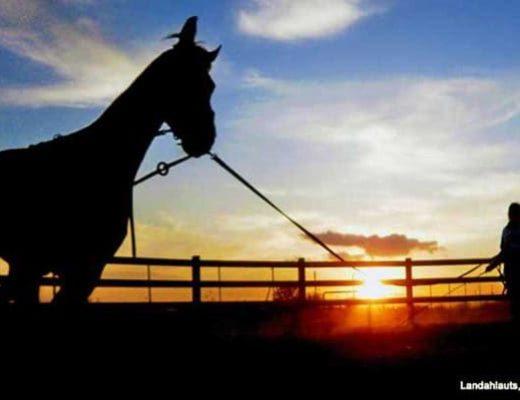
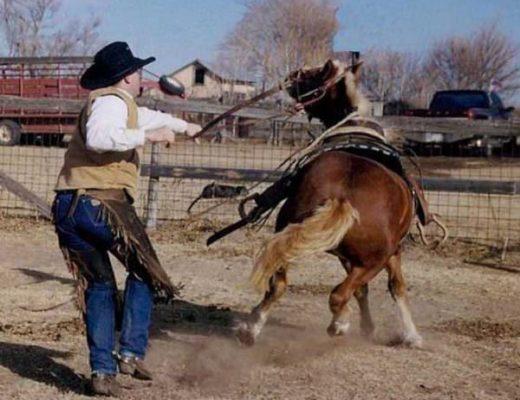
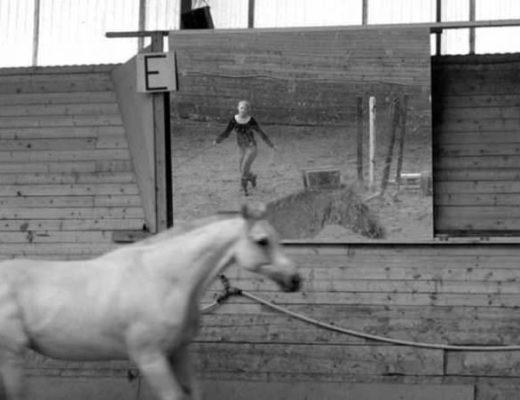
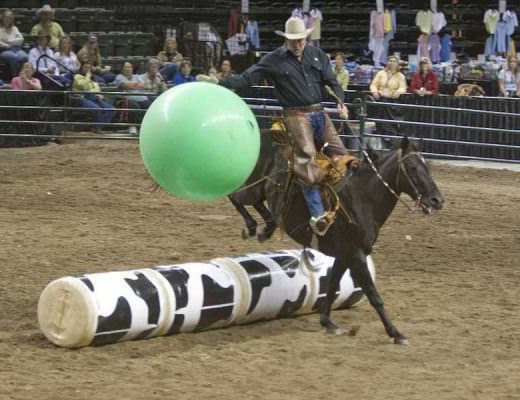
Thank you for addressing this important topic.
This video poses another question (besides the obviously present holes in the basic training and not beeing ready for piaffe work): why doesn’t the trainer stop working on the piaffe for the day after 1’33”?
The horse really tried there and even succeeded with presenting the trainer with an acceptable solution. To stop there for today would have been a great and rewarding experience for the horse and increase trust as well as motivation. Greetings from Switzerland (Please excuse my errors of the English language :-))
Great point and excellent question. The horse did indeed give him a very good effort after some time, all things considered. 🙂
Greetings in return, your English is very good. 🙂